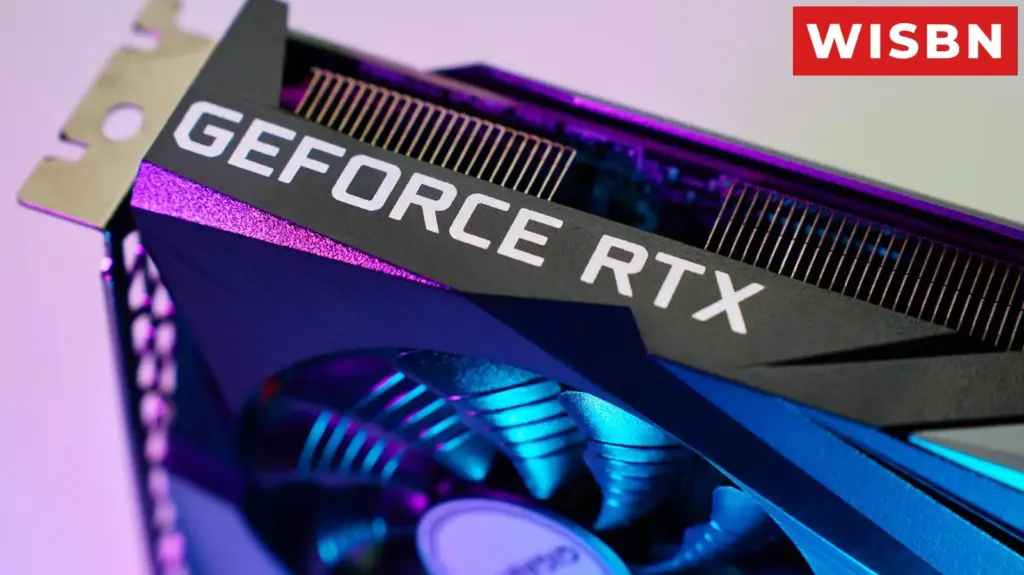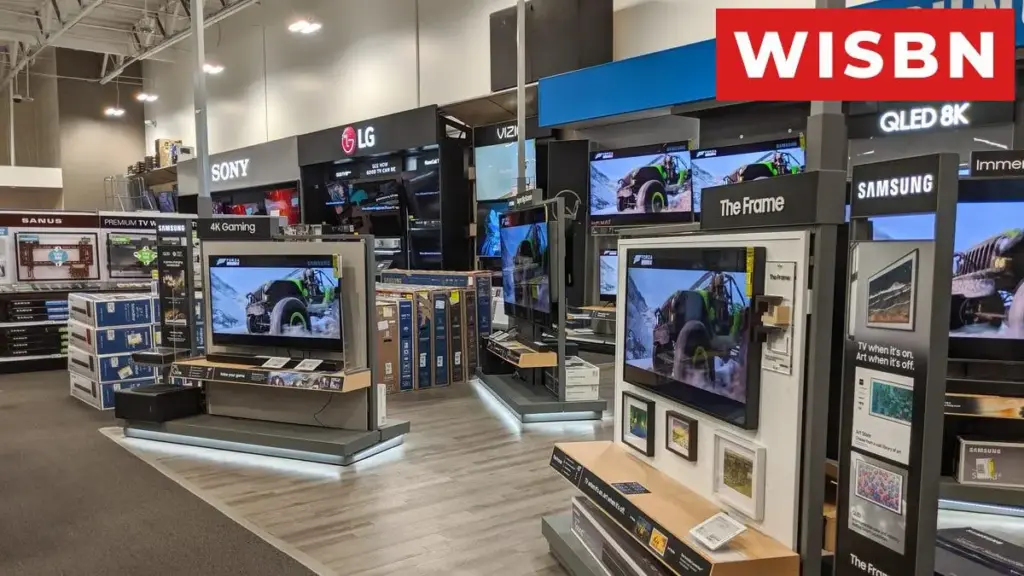If you plan to play games on a PC, you’ll require a graphics card (GPU). From “Cyberpunk 2077” to “Red Dead Redemption 2” and “Palworld,” you’ll depend on video RAM from a GPU to make those experiences possible. In your search you’ll come across various names used to describe Nvidia’s flagship graphics options. Some cards carry a “Ti” suffix, such as the RTX 4060 Ti, so it’s useful to know what “Ti” actually signifies. It’s Titanium, by the way. But that’s not the only label you’ll notice.
With an Nvidia card like the RTX 4060 Ti or the RTX 5050, another prominent abbreviation will jump out: RTX. What does “RTX” really denote on an Nvidia graphics card? Is it pointing to a proprietary technology, or is it just a marketing flourish to make the card sound more formidable? RTX stands for Ray Tracing Texel eXtreme, and it does refer to a kind of visual technology built into Nvidia’s latest GPUs. Understanding what RTX actually does under the hood and why it matters, however, isn’t quite so straightforward.
What is Ray Tracing Texel eXtreme?
Before the current RTX and 50-series GPUs, Nvidia used GTX as the branding for its graphics cards. The Nvidia GTX lineup was dominant from the early 2000s through the 2010s. It stood for Giga Texel Shader eXtreme, which was the rendering approach used by that generation of cards. A texel is essentially a pixel in the context of textures and 3D models — the smallest unit that makes up those visual elements. GTX cards supported “Giga” texels, or a billion texels, signaling the greater capability of that series of GPUs.
The RTX family shifts the emphasis to ray tracing, which is implemented via RT cores — dedicated processing units on the GPU that simulate real-world lighting and effects to make scenes look more realistic. It makes a noticeable difference. Switch 2 has 10x the graphical power of the original Switch thanks to a custom Nvidia GPU with RT cores. So, the “Ray Tracing Texel eXtreme” label points to the boosted ray-tracing and texel-processing capacity in the present generation.
You’ll also note there’s no numeric term in that name, like “Giga.” That’s likely because Nvidia’s RTX cards, while excellent at graphics, can also handle far more than gaming thanks to Tensor Cores. Because of these units, RTX GPUs are useful in professional contexts for training AI models. Tensor Cores are specialized processors for deep learning and AI calculations, in the same way RT cores are specialized for ray-tracing tasks. Nvidia’s RTX cards contain both.
What does any of this have to do with gaming?
Technically, Tensor Cores don’t contribute much to gaming unless developers explicitly design game systems to use them. Games can still tap that extra power, but in a more limited way compared with other core functions — DLSS is an example that leverages them. RT cores, and ray tracing, on the other hand, are a different matter. Ray tracing enables games to render more lifelike lighting and effects, simulating how light moves, interacts, and appears in the real world. To accomplish that, the cards require additional processing capability in the form of RT cores. When you compare a game with ray tracing enabled versus disabled, the difference is immediately apparent.
The newer 50-series RTX cards also brought enhanced tech for machine learning and AI, including stronger AI cores mainly useful in creative apps and development environments. That’s why upgrading from something like an RTX 4060 to an RTX 5050 might not always be worth it. Not to say the new cards aren’t more powerful overall — they are — but when weighing the price hike against the performance gains, sometimes holding off is the wiser choice.



